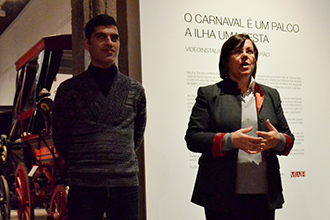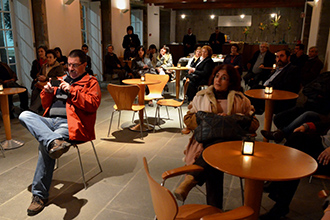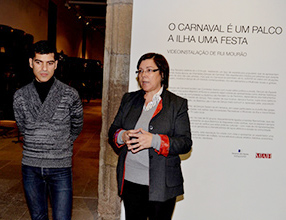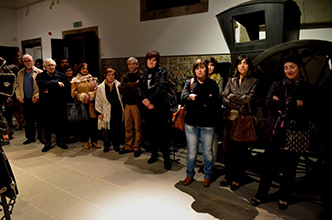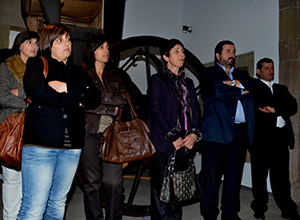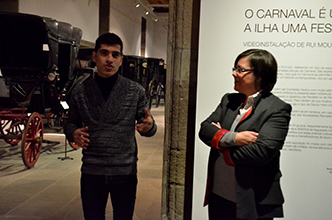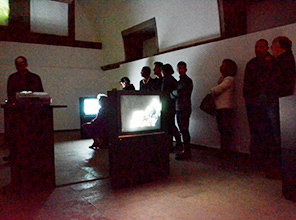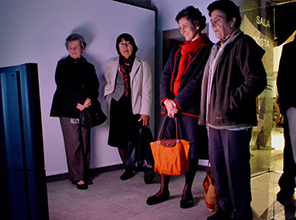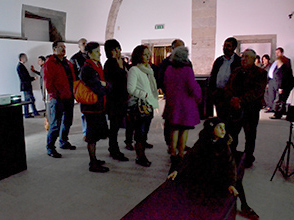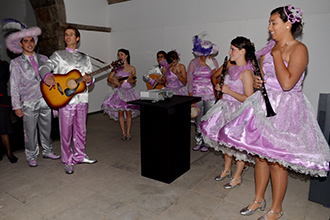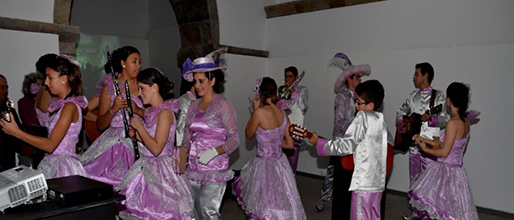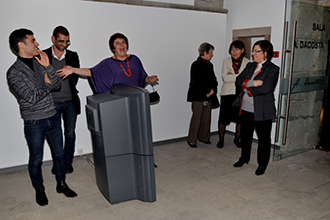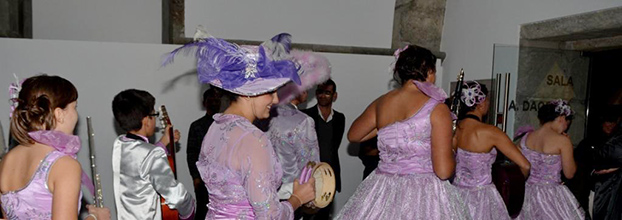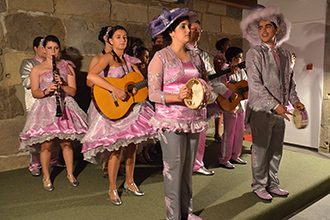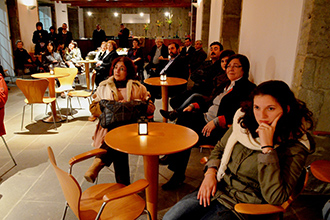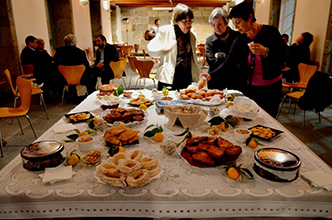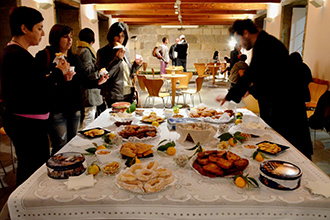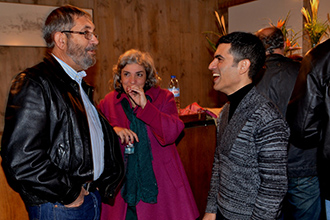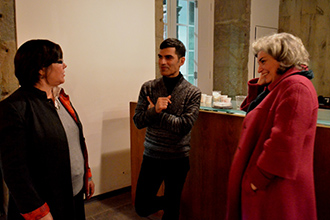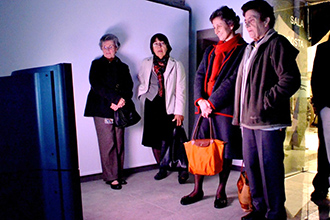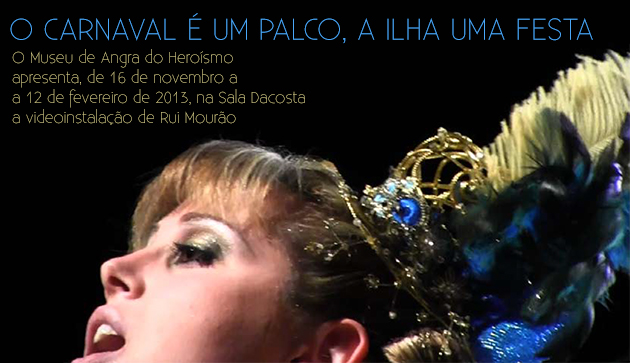Dacosta Gallery
video installation by Rui Mourão
Dacosta Gallery 16 Nov 2012 to 12 Feb 2013
Inauguration of the video installation Carnival is the Stage, The Island the Party, Dacosta Gallery, 16th November, 20:30
A presentation by the author, followed by a performative evocation of the atmosphere of Carnival in Terceira, will take place in the Auditorium of the Angra do Heroísmo Museum.
Conference Carnival is the Stage, the Island the Party by Rui Mourão Auditorium of the Museum of Angra do Heroísmo, 17th November, 16:00.
The artist proposes to talk about his experience of the Terceira Carnival, addressing the processes of image collection, creation and assembly of this exhibition, explaining the readings and intentions that underlie it.
A fascinating conversation with a Terceira woman about ‘taxi drivers who become playwrights, priests who become actors, farmers who become drag queens, fishermen who become musicians, civil servants who become conductors’, ‘touring packed theatre halls’, ‘dressed up in big feathered hats and garish stage costumes’, prompted Rui Mourão to come to Terceira during Carnival season in 2012. This installation, which combines anthropology with video art, shows the process of collective transfiguration that he witnessed on an island that is cyclically transformed into a stage.
Previously on show at the Museu Nacional de Etnologia from May to July of this year, and now presented in a new format in accordance with the Museum of Angra do Heroísmo’s characteristics, the exhibition is the result of a video collection of the Terceira Carnival carried out in 2012, which led to postgraduate work in Visual Cultures at ISCTE – the University Institute of Lisbon.
His curiosity about Terceira’s Carnival Dances was triggered by a fascinating conversation with a Terceira woman who was passionate about this cultural practice. For two weeks, Rui Mourão witnessed the collective transfiguration of an island that cyclically transforms itself on stage, staging ‘a popular theatre, fused with a unique carnival, with its own style, simultaneously anchored in ancient traditions and permeable to innovation’.
This exhibition, which ‘combines anthropology and video art, documents what can disappear, because of its fragility, ephemeral and immaterial, alongside what is emergently creative, alive, new, but secular, presenting the viewer with a multifaceted perception of a phenomenon that is also multiple in its cultural, artistic, historical, economic, social, political, ethnographic and, ultimately, identitarian structure.’
